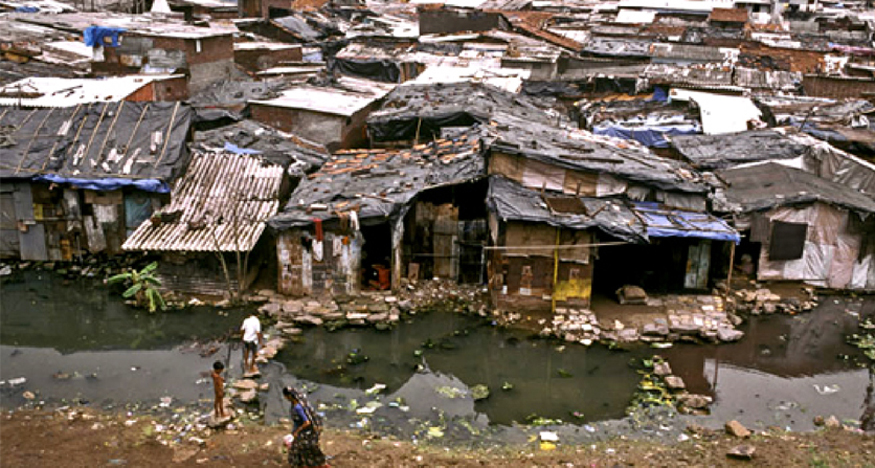How Life in the Slums Affect Human Populations
Ever passed through a dumpsite and wondered, "Geez, how can someone stand that smell?" Well, believe it or not but some people have to live with that smell all their lives. Most of these people live in slums. A slum is a run-down area of a city characterized by poor housing, lack of security, and over crowding. The existence of slums affects human populations because slums easily spread diseases, attract people due to inexpensive costs, and over crowd small areas. Furthermore, slums easily spread diseases.
Because of an unhealthy environment, diseases are able to spread easily. "Human waste leaches into the water people drink and contaminates the food they eat. It carries typhoid and other diseases that can be deadly, especially to young children." With no other water source, the people who drink this poor contaminated excuse for water. As an affect, their chances of getting diseases increase. This easily affects human population by increasing the death rate. But many people tend to ignore this and choose to live here for the cheap costs.
The idea of something being cheap makes life easier for the people with low wages to survive. "'With less than a dollar you can survive'" A dollar is a very cheap cost. You don't need a lot of money to live in a slum. Compared to other places, a dollar is greatly cheap! This affects the human population by increasing it. Because of cheap costs, many people decide to live in the slums therefore overcrowding small areas.
Many people living in a small area results to overcrowding. "She lives here with her four children, her husband, and her in-laws. All eight of them are crowded into a one room shack." Many people living in the slums have to share a room shack with more than one person. Over crowding affect the human populations by causing uncomfortness and the invasion of one's privacy.
By 2030, an estimated 5 billion of the world's 8.1 billion people will live in cities. About 2 billion of them will live in slums, primarily in Africa and Asia , lacking access to clean drinking water and working toilets, surrounded by desperation and crime. These estimates will affect human populations by easily spreading diseases, attracting people due to inexpensive costs, and over crowd small areas. The environment of the slums causes the human populations to both rise and drop. When looking at how life is in a slum it makes people appreciate in what they have and make them want to volunteer to help out people living in the slums.


No comments:
Post a Comment